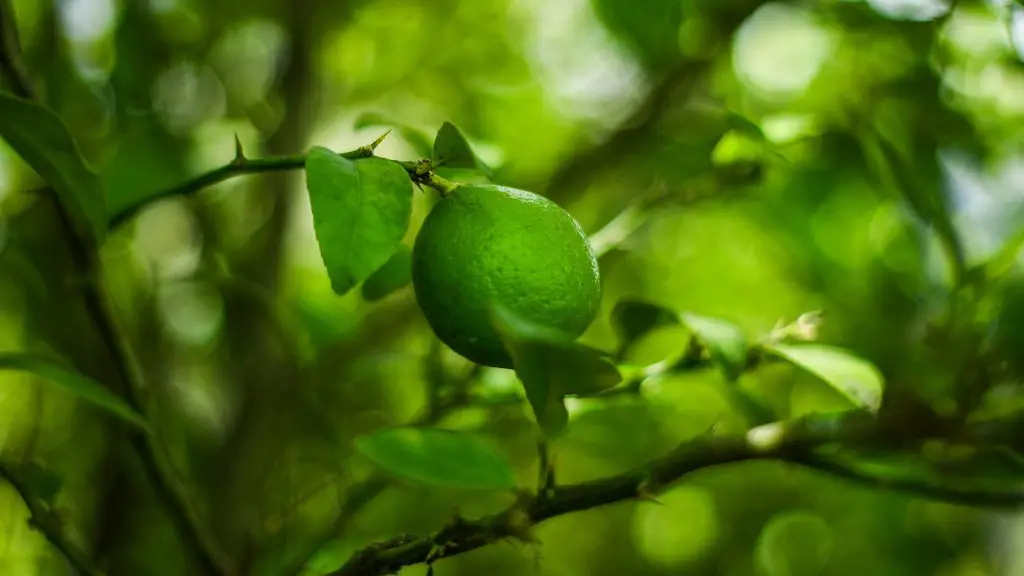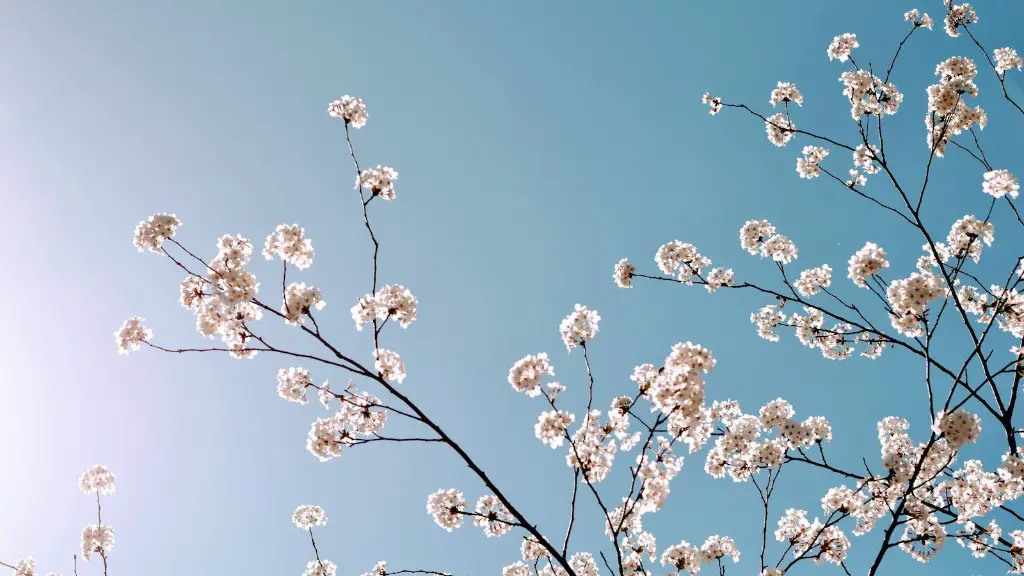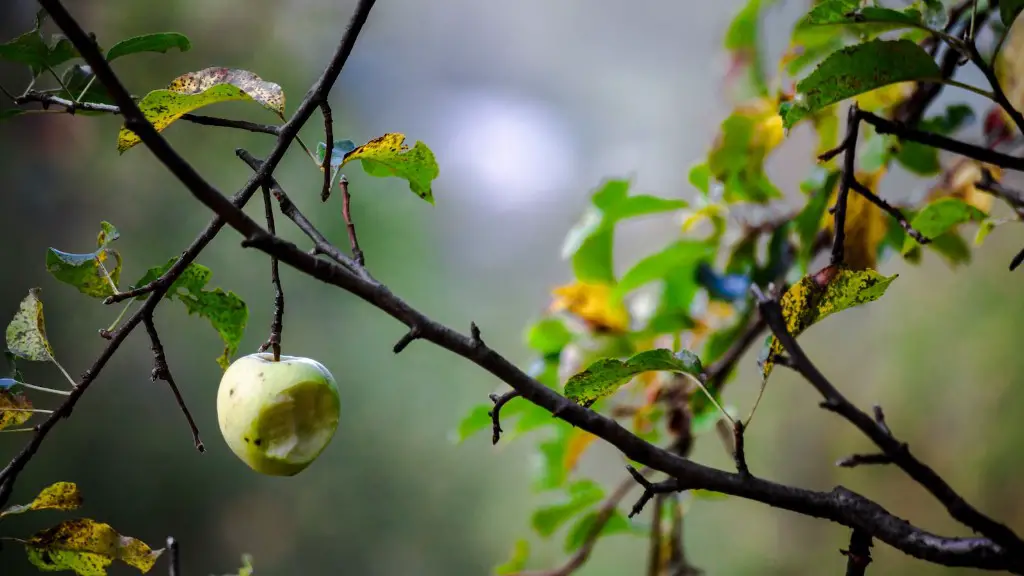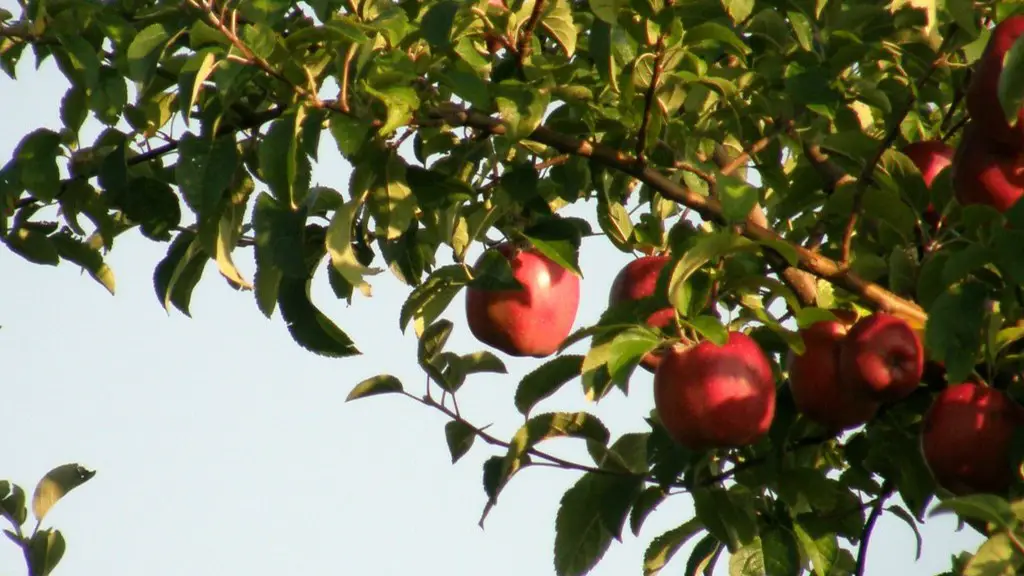If you have a lemon tree and its leaves are turning yellow, there are a few possible explanations. It could be a nutrient deficiency, a pest problem, or a fungal disease. If you aren’t sure what the cause is, you can try some simple solutions like changing the soil or increasing the amount of water and sunlight the tree gets. If these don’t work, you may need to consult with a professional.
There are a few reasons why lemon tree leaves might turn yellow. One possibility is that the tree is not getting enough water. Yellowing leaves can also be a sign of nutrient deficiency, so the tree might not be getting enough nitrogen, iron, or magnesium. Lemon trees can also be affected by pests or diseases, which can cause the leaves to turn yellow. If you’re not sure what is causing the yellowing leaves, you can take a sample of the leaves to a local nursery or Cooperative Extension office for diagnosis.
How do you fix yellow leaves on a lemon tree?
If you notice that the leaves on your lemon tree are starting to turn yellow, it’s important to take action to correct the problem. One possible cause of yellow leaves is a lack of nitrogen or other micronutrients in the soil. You can correct this by fertilizing your lemon tree with an ample dose of nitrogen or micronutrients such as zinc, iron, and manganese.
When a houseplant leaf turns yellow, it is generally dying. Chlorophyll gives a leaf its green color. When the leaf loses its chlorophyll, the plant abandons it and begins to absorb leftover nutrients from the leaf. That’s why once the leaf turns yellow, you generally can’t make it turn back green again.
Why is my potted lemon tree leaves turning yellow
If you notice your plant’s leaves turning yellow, it is likely a sign of lack of magnesium. This is especially common in plants that are in pots, as nutrients leach out more quickly in potting mix than in the soil. To avoid yellow leaves, be sure to regularly feed your plants, especially during the hot summer months. Liquid feeding every couple of weeks will help keep your plants healthy and prevent yellowing leaves.
Overwatering your lemon tree can lead to a number of problems, including yellow leaves, dropping leaves, and mushy, black roots. If you see any of these signs, it’s important to cut back on watering and allow the tree to dry out a bit.
Does Epsom salt help lemon trees?
Lemon trees need magnesium to stay healthy, and a lack of magnesium can cause the leaves to turn yellow. You can help correct a magnesium deficiency by adding Epsom Salts to the tree’s water.
Lemon trees benefit from the nitrogen and calcium in the coffee grounds. The organic material also improves the soil tilth. Only use the coffee grounds after they have been fully decomposed in the compost pile.
How often should I water my lemon tree?
A lemon tree should be watered once a week or every two weeks, depending on the amount of rainfall in your area or the humidity indoors. A watering schedule is important to keeping your lemon trees healthy and happy. If you’re not sure when to water your lemon trees, just check the top 2 inches of soil.
If your plant’s leaves are turning yellow, it’s likely due to a water issue. Poor drainage or improper watering can lead to yellow leaves as the roots can’t breathe in wet soil. Alternatively, if you’re not watering your plant enough, the leaves will turn yellow from drought. Make sure to check your plant’s soil before watering to ensure that you’re giving it the right amount of water.
What are three common problems that lemon trees can have
Hello!
We’ve put together a care guide for lemon trees, and in this note we’ll be covering the seven most common problems that lemon trees face, and how to deal with them.
If you see any lesions or black moldy spots on the leaves of your lemon tree, it’s likely due to citrus canker or sooty mold. To treat these, you can remove affected leaves and branches, and treat the tree with a fungicide.
If you see fuzzy gray mold or brown spots on the leaves of your lemon tree, it’s likely due to botrytis blight. To treat this, you can remove affected leaves and branches, and treat the tree with a fungicide.
If you see tan spots with dark outlines on the leaves of your lemon tree, it’s likely due to anthracnose. To treat this, you can remove affected leaves and branches, and treat the tree with a fungicide.
If you see brown scabs on the lemon tree, it’s likely due to lemon scab. To treat this, you can remove affected leaves and branches, and treat the tree with a fungicide.
If you want to help your tree recover, it’s important to remove any grass that’s growing near the trunk. You should also apply a 5-10cm deep layer of well-rotted cow or horse manure, and make sure to water it well. By doing these things, you’ll give your tree the best chance at a successful recovery.
What is the best fertilizer for a potted lemon tree?
Citrus plants need a lot of nutrients to stay healthy and produce fruit, so it’s important to fertilize them regularly during the growing season. However, you should be careful not to over-fertilize, which can harm the plant. Aim to fertilize every two to three weeks with a liquid or granular organic fertilizer. In the winter, when new growth should not be encouraged, don’t fertilize at all.
Citrus trees are hungry plants, so feed regularly during the growing season From mid-spring to mid-autumn, tomato feed or liquid seaweed solution is ideal In winter, use a winter citrus feed once a month. Don’t overwater your citrus tree.
When should you not water a lemon tree
Watering the lemon tree is very important to keeping the plant healthy. Water the tree deeply every alternate day, and then reduce watering to twice a week once the plant is established.
Lemon trees require full sunlight for adequate growth. While lemon trees can tolerate a range of soils, including poor soil, most prefer well-drained, slightly acidic soil. Lemon trees should be set slightly higher than ground.
What’s wrong with lemon trees in pots?
Lemon trees in containers are more vulnerable to the cold and drought than those in the ground. They have a hardiness zone that is one zone higher than the USDA recommended zone. Containerized lemon trees need to be protected from the cold and given extra water during drought conditions.
Epsom salt is a great way to improve the health of your potted plants! Simply dissolve two tablespoons of Epsom salt per gallon of water, and substitute this solution for normal watering once a month. Your plants will thank you for the extra care!
Is vinegar good for lemon plants
Citrus trees are susceptible to developing nutrient deficiencies at pH levels of 70 and above. Soils in Southern California are naturally alkaline, and watering with alkaline city water over time only makes them more so. To acidify your soil and help your citrus trees, add 1/3 cup of vinegar to 2 gallons of water used as a soil drench after regular watering.
Organic fertilizers are a great way to give your citrus tree the nutrients it needs. Coffee grounds and eggshells are a great option for providing these nutrients. You can crush the shells and mix them with your citrus tree’s soil, or you can dry them and grind them into a powder. This will provide your citrus tree with plenty of important nutrients.
Warp Up
There are a few reasons why your lemon tree’s leaves might be turning yellow. One possibility is that the tree is not getting enough water. Make sure to water your lemon tree regularly, especially during hot weather. Another possibility is that the tree is getting too much sun. If the leaves are yellow and crispy, this is a sign of sunburn. Move your lemon tree to a location with less sunlight. Lastly, nutrient deficiency can also cause lemon tree leaves to turn yellow. Make sure the tree is getting enough nitrogen, iron, and magnesium. If you’re not sure what’s causing the yellowing of your lemon tree’s leaves, you can take a sample of the leaves to a garden center or nursery for diagnosis.
There are several possible explanations for why your lemon tree leaves might be turning yellow. It could be due to a nutrient deficiency, pests, or disease. If you are unsure of the cause, it is best to consult with a professional.





